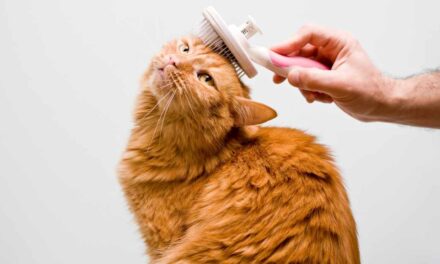Cats that live in homes are carnivores, which means they must eat meat to stay alive. In the wild, they hunted small animals like mice, birds, and bugs to get the food they need. Domestic cats can eat both wet and dry commercial cat food as well as some types of human food, like cooked meat or poultry.
But you should be careful about what you feed your cat because some human foods can make them sick or cause digestive problems. For instance, cats shouldn’t eat onions, garlic, avocados, grapes, or raisins because they can make them sick. Talking to your vet is always the best way to figure out what your cat should eat.
There are many different kinds of cat food on the market, such as canned, dry, and freeze-dried food. Wet (canned) food is usually more expensive than dry food, but it can be a good choice for cats who have problems with their urinary tracts or teeth. Wet food is also a good way for cats who don’t drink enough water to get the moisture they need.
Dry food is easier to store and lasts longer than wet food, but some cats don’t like it as much and it might not give them as much water. Freeze-dried food is a type of dry food where most of the water has been taken out by freezing it. It’s a good choice because it can be kept at room temperature and remade with water when it’s time to eat.
It’s important to choose high-quality cat food that is right for your cat’s age and stage of life (kitten, adult, or senior). It should be made to meet the nutritional needs of your cat’s life stage, which are set by the Association of American Feed Control Officials (AAFCO).
On the cat food’s label, it should say what’s in it and that it meets AAFCO nutritional standards. You should also think about any health problems your cat might have and, if necessary, choose a food that is made for those needs.









